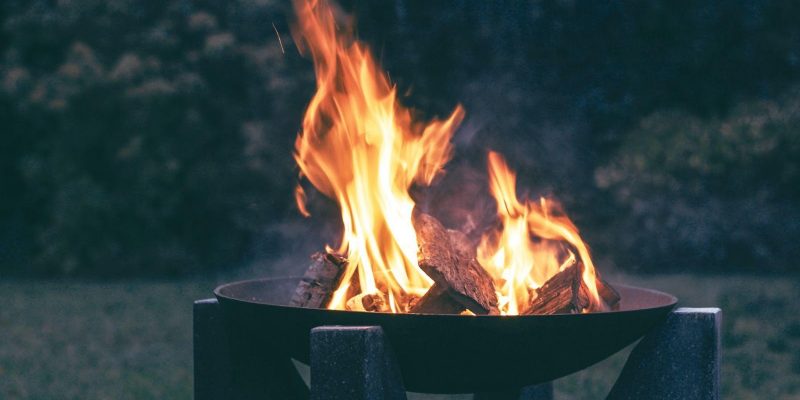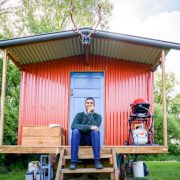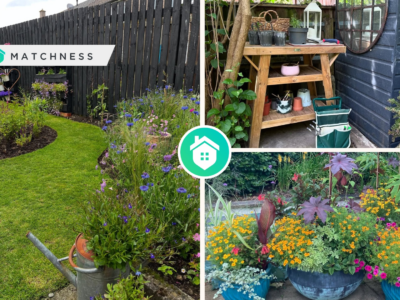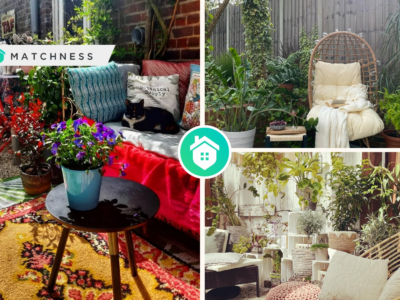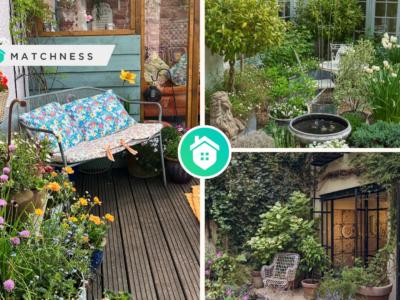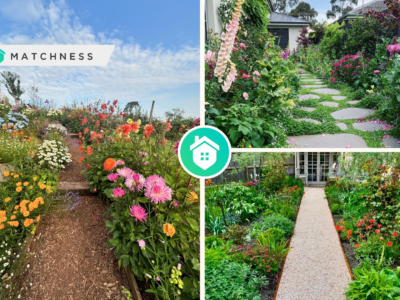Installing a fire pit in your backyard can be a great way to upgrade the look of your yard as well as to create a beautiful place for gathering around.
Because fire pits come in a huge array of options, it can be confusing which one to buy or if you should go for customization.
Before buying or customizing your dream fire pit, however, you must consider such as size and style, local regulations, materials, types of fuels, location, safety, cost, and other important things.
Keep scrolling to know why and how to consider these facts before installing a fire pit and which type of fire pit would be perfect for you.
9 Things to Take into Account Before Buying a Fire Pit
1. Local Regulations
Before buying a yard pit, check to see if there are any restrictions for burning wood or limits on the placement of your fire pit outside. To get the regulations regarding this matter, check with your:
- local authorities
- city building code
- apartment complex and homeowners association rules
Because some areas impose fines for violations.
However, on covered porches, you may not be allowed to use wood-burning fire pits nor should you use them in windy areas or near low branches.
Also, for safety reasons, fire pit placement is frequently regulated, such as specifying that they must be at least ten feet away from fences and buildings. In some regions, local fire officials may ask for a site inspection to ensure that your proposed location is fire-safe.
Avoid wood-burning models if your area or country has fuel restrictions due to environmental concerns. Rather, choose a smoke-free fire pit that runs on natural gas or propane.
2. Location
Check your building regulations to see where you can place a fire pit and where you can’t. When choosing a location for a fire pit, you need to consider the fuel type you want to use, your space constraints, and how you will use the fire pit.
Now stating the obvious, never place your fire pit indoors, on a wooden backyard patio and deck shade, under an overhang, anywhere close to your house, on a lawn, or near to anything that can catch fire quickly.
3. Style
When shopping around, you may become overwhelmed by all the different designs and styles of fire pits.
But you can easily narrow down your options and find the perfect one for you if you take the time to understand your backyard’s tone, design, material, and shape. Then it will be easy to identify the fire pit that best coordinates with everything in your backyard and completes the look.
For example, for the backyard of your farmhouse, you can use red stone or brick in an unfinished shape. On the other hand, if your backyard has the perfect contemporary vibe, then you can buy a fire pit made of black stone or concrete with a clean and sleek look, or you might want to build one.
Also, look for the features and design that scream you, are a good fit for your family, and are in your price range.
4. Size
Fire pits come in a variety of sizes, from huge built-in styles to small portable types. So you can easily select a fire pit that fits your location and budget. Built-in fire pits can be 36 to 58 inches, whereas the common range for store-bought fire pits is from 24 to 30 inches in diameter.
When you consider the height, you will find a variety, from taller models to low-to-the-ground fire bowls.
Tips:
- Choose a design that is suitable based on the height of your chair, if you want to rest your feet on the pit’s lip or warm your seat (typically 18-20 inches).
Select the model of fire pit which will leave enough space for comfortable chairs and easy mobility.
5. Materials
For a long-lasting fire pit, choose a material that will hold up well to frequent use and stains, complement the design of your yard, and suit your taste.
Choosing a fire pit for your desired material is easy as there are many types of materials available including metal, concrete, stone, or a mixture of multiple materials.
But you need to consider all the advantages and disadvantages that come with every material. For example:
- Concrete is a long-lasting material, but it can be stained by soot.
- Durable powder-coated metal can get hot.
- Natural stone is a great choice, but it can discolor, and if not built properly, it may even crack.
- Copper can discolor, while cast aluminum is less likely to rust.
- Cast iron is a durable material but heavy.
You might want to consider choosing a fire pit that is built using a mix of materials.
6. Portable or Permanent
Another factor to consider before buying a fire pit is whether you prefer a fire pit that will be permanent in your backyard or one with portable flexibility.
If you are renting, a lightweight portable fire pit can be an excellent choice. Also, if you have limited space, don’t go for a permanent fire pit.
You can find the perfect model whether portable or permanent depending on your budget and where you will place it.
7. Types of Fuel
For fuel, you can use either wood, propane, or natural gas. If you love the classic crackling fire sound, you may choose a wood-burning fire pit, but they are being increasingly restricted due to air-polluting smoke issues.
You can also use natural gas or propane. These are smoke-free, quicker to turn on and off, and easier to clean up as they don’t produce a pile of trash. You can also use them on open porches with overhanging roofs.
8. Cost
The price of a fire pit varies greatly. If your budget is below $100, you can buy a basic fire pit model or one that is built with stacked stones in a ring.
Depending on designs and materials such as concrete, stone, or powder-coated metal, freestanding pits can cost anywhere from $300 to $2,000 or more. For custom and built-in models, budget $1,000 to $5,000 or more.
If you want to save some money, you can wait for end-of-summer sales, Black Friday, and other holiday events. But get there early so that you can get the one you want.
9. Safety
When using an outdoor fire pit, ALWAYS keep your fire-safety measures ready to reduce risk and warn everybody to be cautious around the fire.
- Make sure that you have given everyone a lesson on how to turn off or put out the fire pit and that everybody has learned properly.
- Never leave young children alone near the flames.
- Place your fire pit in an open area free from overhanging trees and on level ground.
- Place your fire pit at least ten feet away from fences and buildings.
- Decomposed granite, flagstone pavers, concrete, crushed gravel, or raked-earth clean of all flammable debris can be your options for fire-safe outdoor flooring.
- You can consider having a spark arrester for wood-burning fire pits.
How to Choose a Fire Pit
To choose the best-suited fire pit for your backyard, ask yourself the following questions.
1. How will you use your fire pit?
- Will it be used on an enclosed patio?
- Will it be used in the pool or in the yard?
- Will you use it frequently or only occasionally?
2. What are the purposes of using a fire pit?
- Will you use it for large gatherings or for private moments?
- Will you use it for your small family to relax and enjoy some quality time?
3. Who will be using the fire pit?
- Are you or is anyone in the family allergic to wood smoke?
- Do you have little kids?
Quick Review
Do’s of setting a fire pit.
- DO consider the scope of free mobility when deciding the size of a fire pit.
- DO explore several models and building possibilities.
- DO set a steel ring in the fire pit.
- DO buy a portable fire pit if your backyard has limited space.
- DO consider which fuel type will be best suited based on supply equipment and pollutants.
- DO install fire safety gear.
Don’ts of installing a fire pit.
- DON’T set up a fire pit without the approval of local authorities.
- DON’T position fire pits in high-risk areas with strong winds.
- DON’T use water-retaining or flammable building materials.
- DON’T leave children near the fire or the fire itself unattended.
Related Questions
What do you put at the bottom of a fire pit?
For your fire pit, start with a layer of sand at the bottom and then add gravel, fire pit glass, lava rocks, or even bricks or paving stones on top of the sand. You can also use dirt as an alternative. But sand with gravel on top makes the base more attractive.
How do you prepare the ground for a fire pit?
First, remove all the plant and grass material. Dig into the soil for around eight inches, making sure that the soil is compact and the pit’s bottom is level.
Can you build a fire pit on dirt?
Yes, it’s possible to build a fire pit on dirt. But you have to make sure the dirt is level and compact.
Wrap Up
You can certainly enhance your backyard gatherings and entertainments with an attractive, classy fire pit. But before you buy your favorite model, consider all the facts discussed above so that you can install your fire pit without any hassles or complications. You surely don’t want to create a dangerous situation or spend money on fines.


